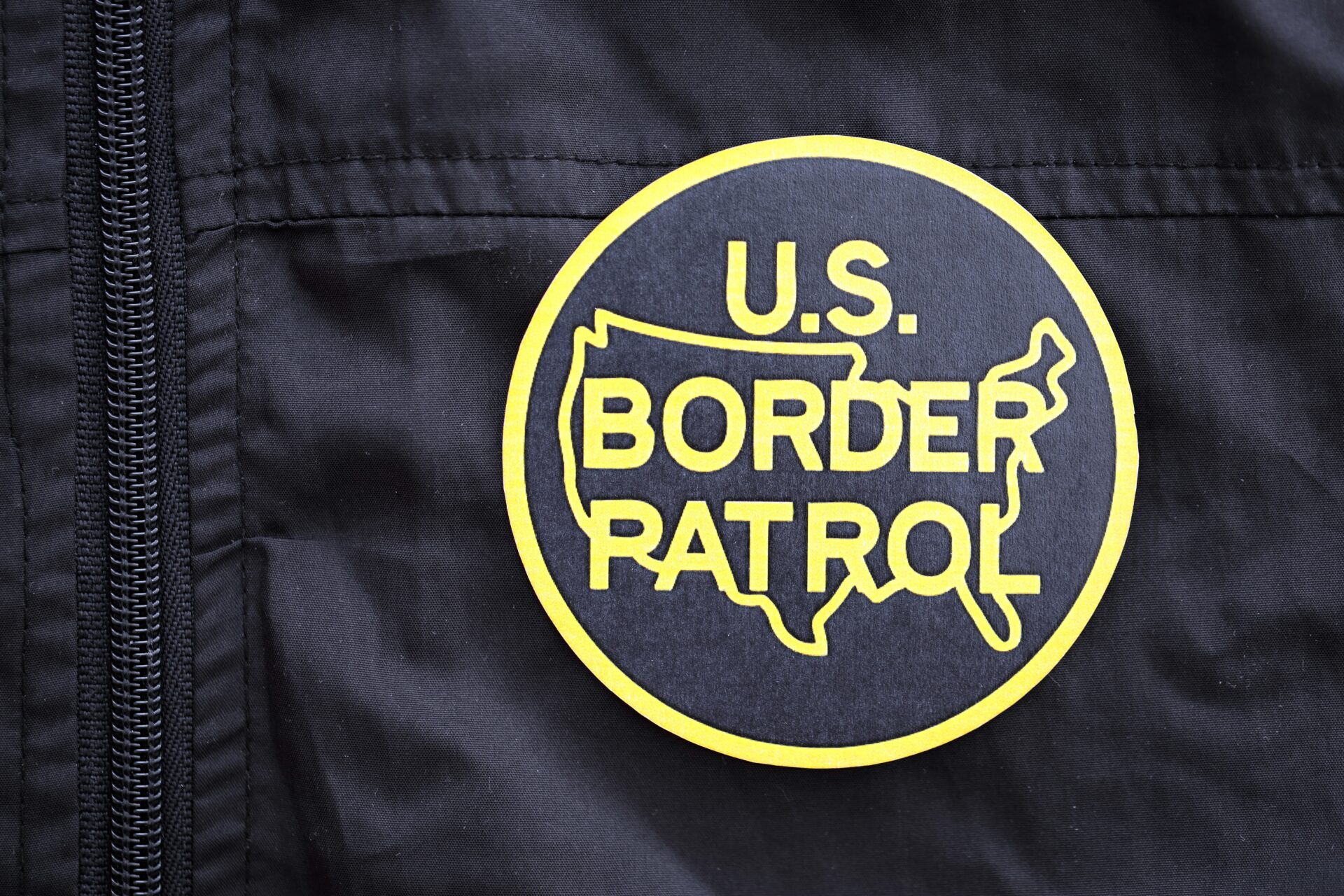
Trump’s Order Triggers Olympic Gender UPROAR!
The U.S. Olympic and Paralympic Committee’s decision to ban transgender athletes from competing in women’s sports has fired up a national debate on fairness, biology, and the essence of athletic competition.
At a Glance
- President Trump’s Executive Order 14201 prompts a sweeping ban.
- The USOPC aligns with federal mandates, barring transgender women from women’s categories.
- Legal and social battles intensify as advocacy groups prepare challenges.
- State governments and sports organizations face critical compliance decisions.
Upholding Fairness or Inviting Controversy?
The U.S. Olympic and Paralympic Committee (USOPC) has updated its eligibility rules, barring transgender women from competing in women’s sports categories for Team USA. This move adheres to President Donald Trump’s Executive Order 14201, which enforces a biological definition of sex for sports participation. The policy change aims to uphold fairness in women’s sports, a stance the Trump administration argues protects opportunities for cisgender women and girls. However, this decision has sparked significant controversy, igniting a fierce debate on gender, fairness, and rights.
The Executive Order was signed on February 5, 2025, and mandates that sports organizations must adopt biological definitions of sex or risk losing federal funding. This move follows the U.S. House of Representatives’ vote to ban transgender girls from participating in women’s sports in schools, and the NCAA’s subsequent reversal of its 15-year policy, aligning with the federal directive. The USOPC’s decision comes as the world gears up for the 2028 Summer Olympics in Los Angeles, adding pressure on governing bodies to comply with national mandates. The International Olympic Committee (IOC) now faces challenges in harmonizing global policies amidst divergent national standards.
Watch: U.S. Olympic and Paralympic committees ban trans athletes from women’s competition
Stakeholders and Their Stakes
The key players in this unfolding narrative include President Trump, the USOPC, the NCAA, and federal agencies like the Department of Education, which are pivotal in enforcing policy compliance. President Trump asserts that this policy protects the integrity of women’s sports. Meanwhile, the USOPC, under federal charter, has adjusted its rules to avoid penalties and ensure a clear national standard for competition. The NCAA has swiftly followed suit, with its leadership praising the executive order for providing clarity amidst conflicting state laws.
However, transgender athletes and advocacy groups are fiercely opposing these changes, arguing they are discriminatory and disregard the complexity of gender identity. Some state governments, particularly those with progressive policies like California, have declared their intent to defy the executive order, setting the stage for potential legal battles. These entities are motivated by differing interpretations of fairness and inclusion, and the power dynamics between federal, state, and international bodies continue to evolve as the situation unfolds.
Legal and Social Ramifications
The immediate impact of the policy is the exclusion of transgender women from competing in women’s categories for Team USA. Institutions that fail to comply face the risk of losing federal funding, a significant economic threat. This has sparked heightened legal and social battles, with lawsuits already filed against the executive order. The tension between state and federal laws further complicates the landscape, as advocacy groups prepare for prolonged legal challenges.
Looking forward, the policy could lead to lasting changes in women’s sports, potentially influencing international sports bodies like the IOC. There is ongoing legal uncertainty as courts will determine the constitutionality of the executive order, particularly under Title IX jurisprudence. The social dialogue around gender, sports, and civil rights is expected to intensify, affecting not only affected athletes but also the broader communities watching these developments unfold.
Expert Opinions and Future Outlook
The NCAA’s support for the executive order highlights the need for a unified national standard amidst a patchwork of state laws. However, some legal scholars warn that the order’s strict biological definition of sex could face constitutional challenges. The medical and sports science communities remain divided, debating the impact of hormone therapy on performance and whether blanket bans are justified.
Critics argue that the policy is unsupported by science and harmful to transgender athletes’ rights and well-being, while supporters claim it protects opportunities for cisgender women. As this contentious issue continues to unfold, the outcome of legal challenges and the response of international sports organizations will significantly shape the future of sports and gender inclusion in the U.S. and beyond.


